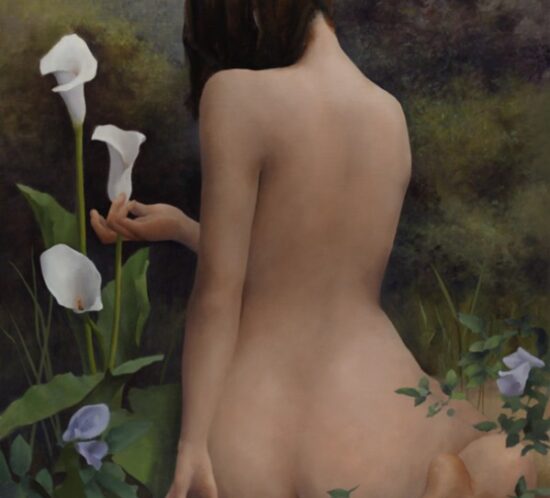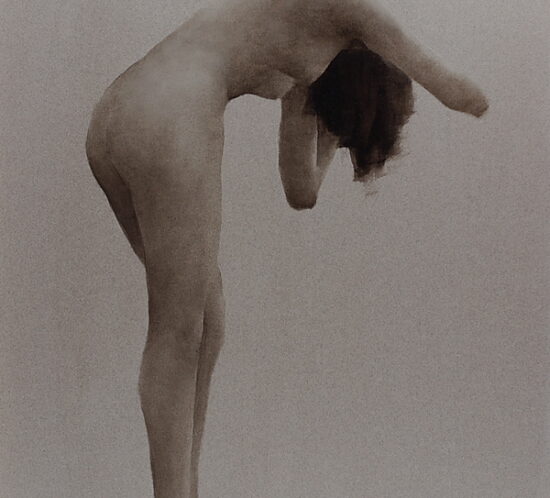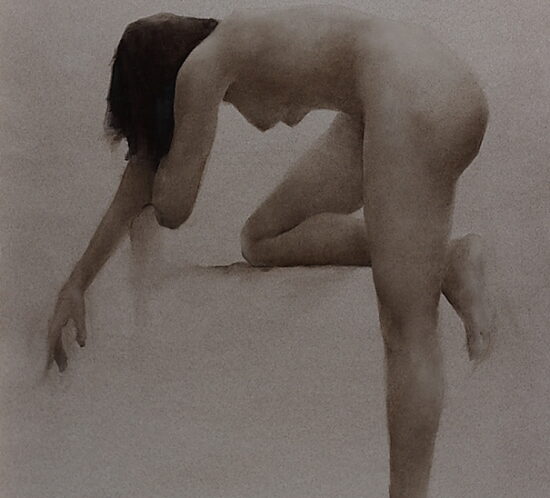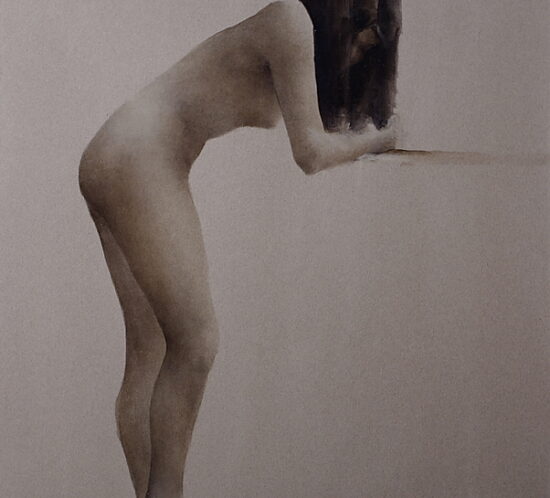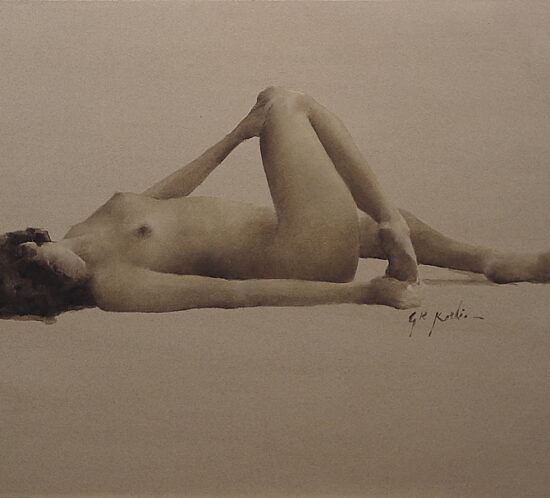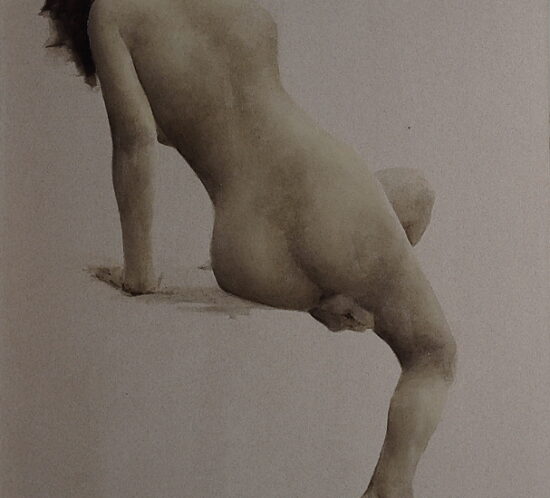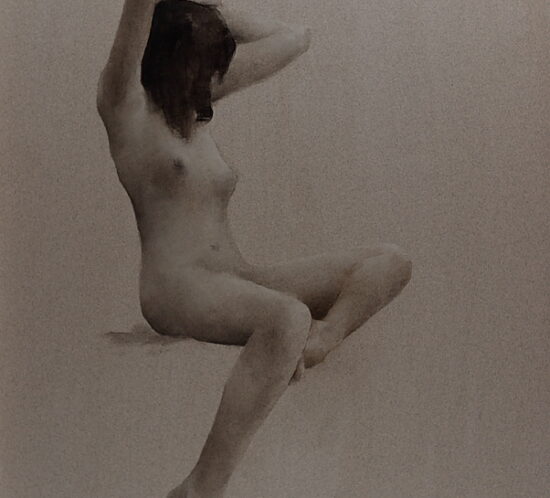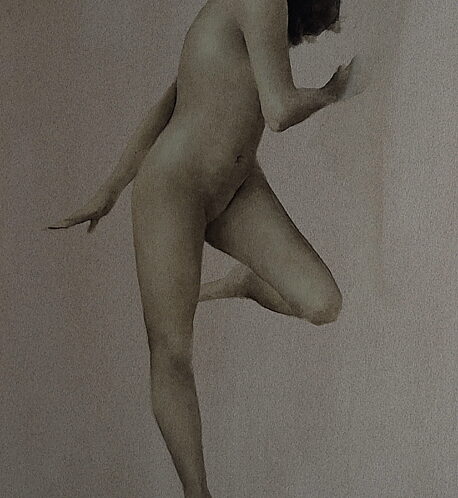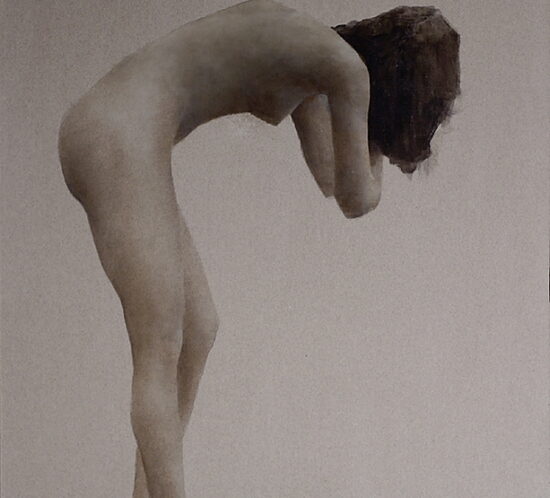Gary Korlin
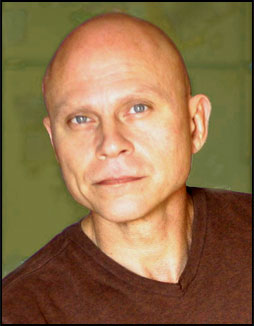
Gary Korlin – (b. 1956) works in a decidedly French nature and the naturalistic approach is embedded in his 19th Century French Academic training, coupled with a thorough understanding of classical aesthetics and technique. He seeks an impression of life from a delicately modeled rose to the energy of a wind-swept landscape, relying continuously on his ability to create the illusion of the third dimension. From figures in darkened spaces to patterns of blown weeds in sun-drenched fields, his naturalistic eye captures the mood of the subject and the emotion it evokes.
Gary Korlin began his art career at an early age. His formal art education began at a state college but was soon replaced with specialized training. The Minneapolis College of Art and Design offered learned mechanics of picture making through an in-depth study of perspective followed by color theory, abstract composition and elements of design. Gary Korlin “Venetian Girl.”
Unsettled with a career in illustration and architectural renderings, he took to traveling. While living in Australia he became aware of 19th Century Australian landscape painters. Taken by their naturalistic view and sense of reality, he returned to St. Paul and enrolled in Atelier Lack, which offered the finest training in 19th Century French Academic drawing and painting.
After being placed in a figure drawing competition at the New York Academy of Art, he was invited to attend their 2 year program. After this, Gary took a position with Evergreene Painting Studios, a New York based mural company, which sent him to work in South Africa. It was there that the American painter met his wife-to-be and together they moved to Italy and lived in the mountains overlooking Florence, deep in the heart of Tuscany. His work in Italy was well recognized by the Marquise Della Robbia, descendent of Luca Della Robbia, the 15th century Italian sculptor.
Returning to a larger studio in St. Paul, Gary continues with life-sized figure work, landscapes, still-life’s and an ever-growing demand for portraiture. Still frequenting the European scene, his paintings hang in collections in England, France, Italy and Austria. His work has been shown in San Francisco, New York, London, South Africa and France.
Duo-chrome figures:
A duo-chrome is a technique of using oil washes of varying opacity to draw an image out of an evenly speckle-toned paper. The term duo-chrome is derived from the fact that two separate colours, one for the lights and one for the shadows, are used in the process. The dark is mixed to match the darkest tone on the paper while in turn, the light is mixed to match the lightest. The end result is the creation of a mild tension between paper and form. Round, but yet still belonging to the paper.
These figures are a continuation of the French tradition called ‘academies’ exemplified by Pierre Paul Prud’hon in the late 1700’s. For me, their immediate purpose as studies for figure compositions has been bypassed for the sole purpose in expressing the beauty of form.



